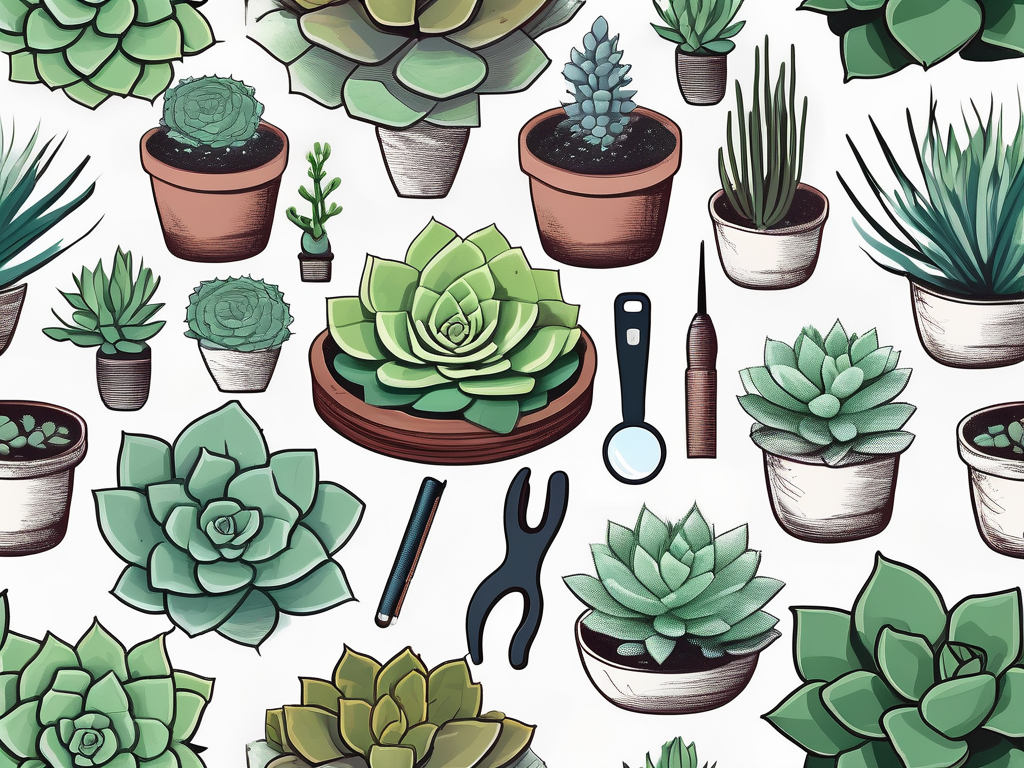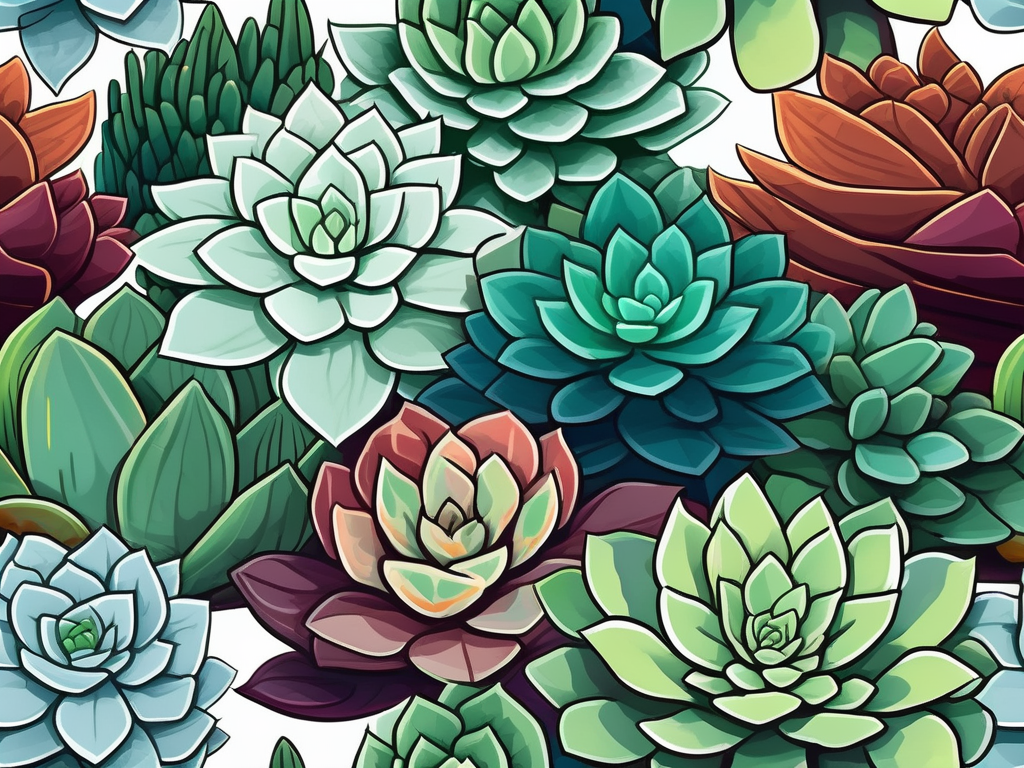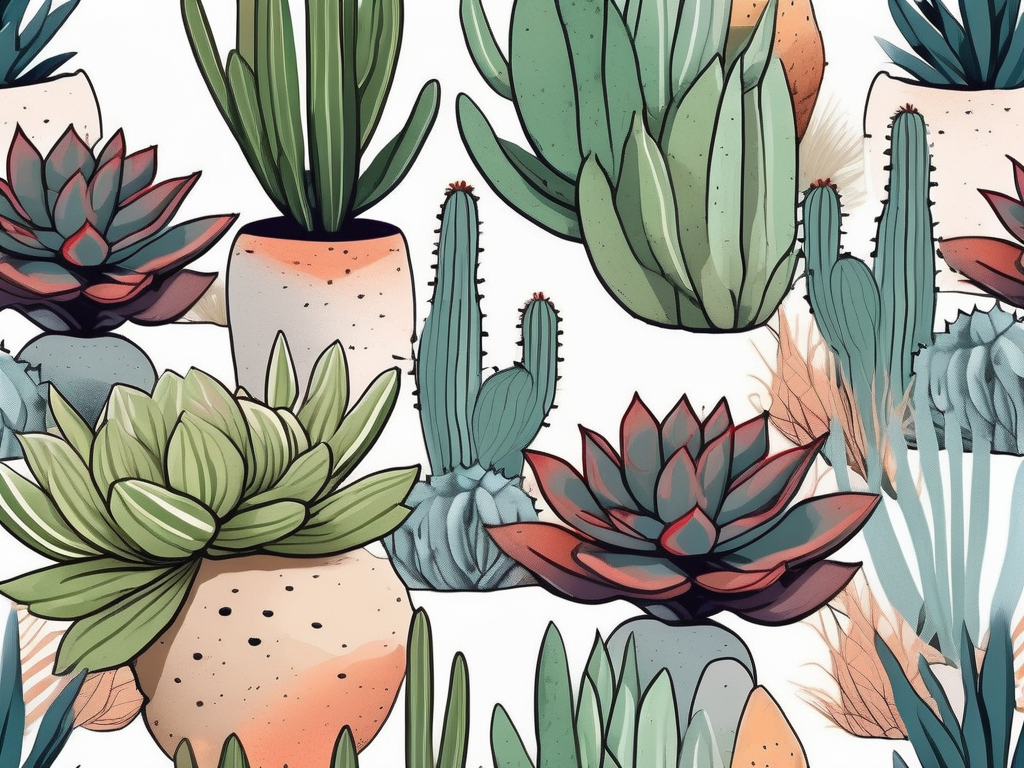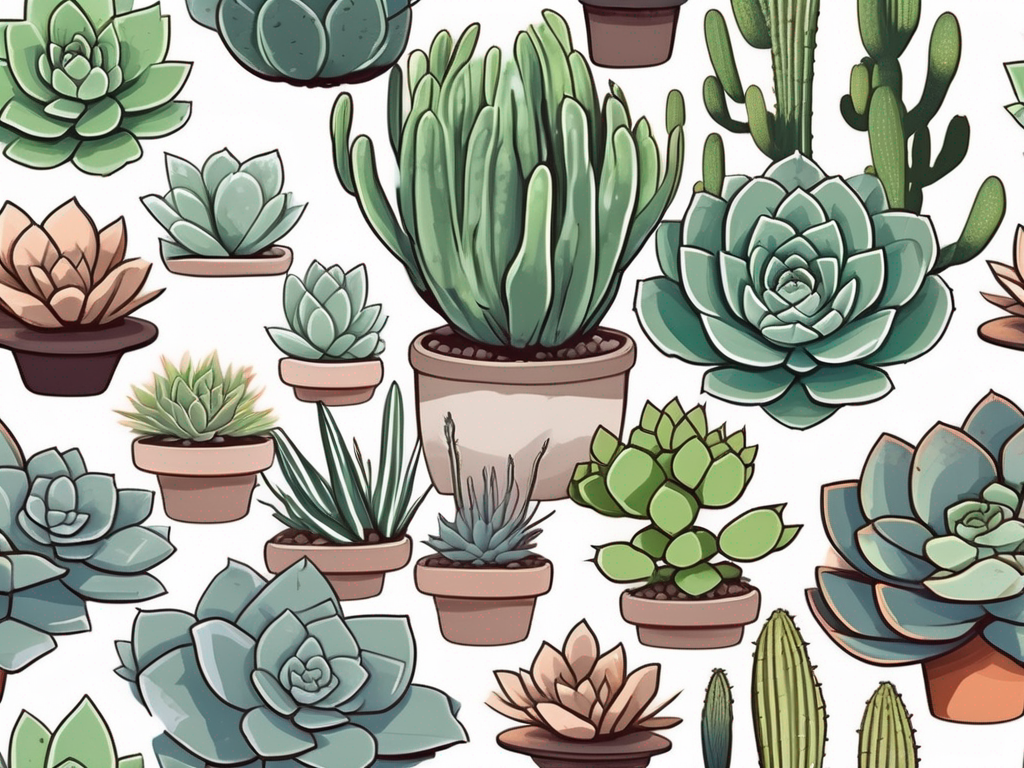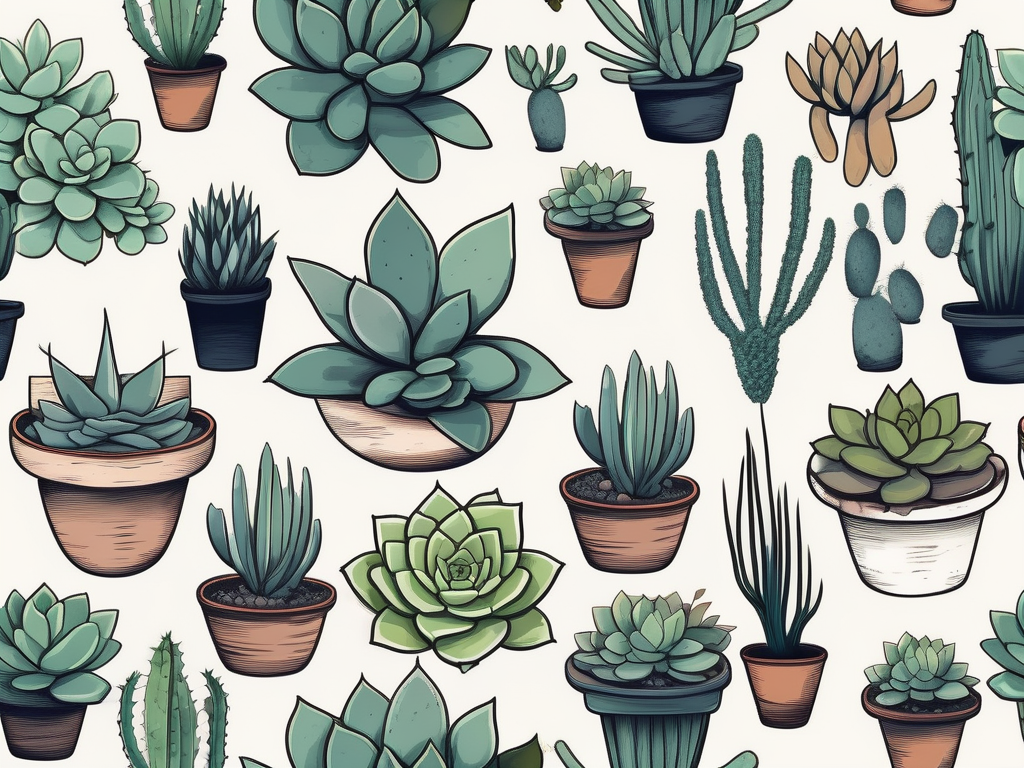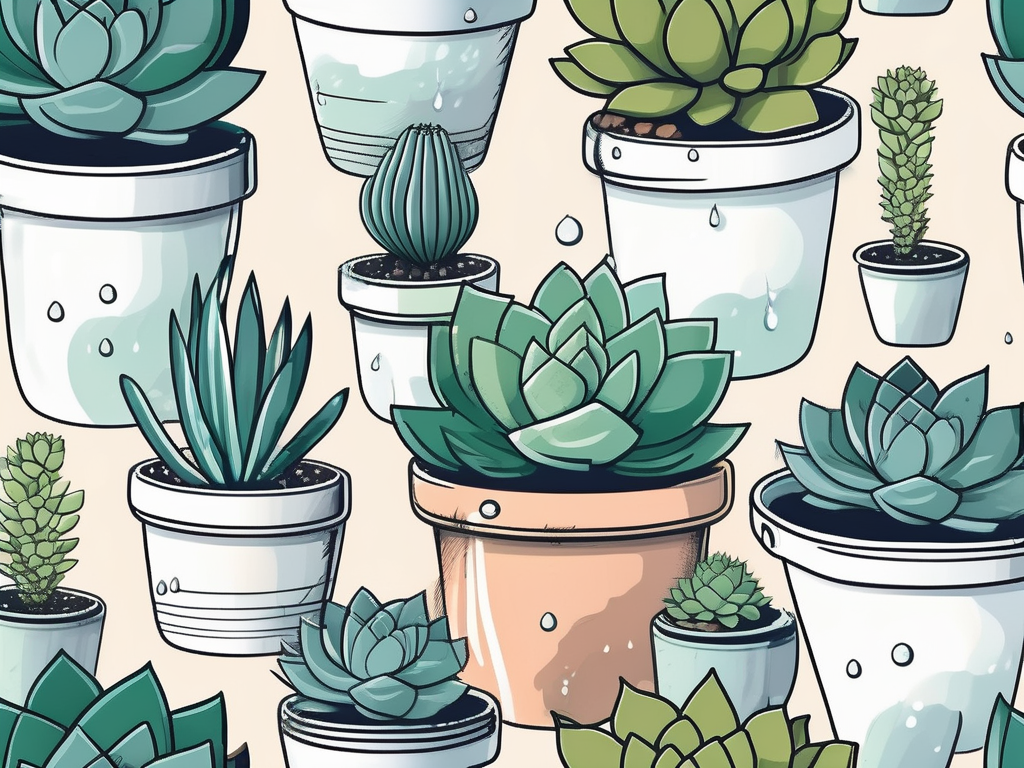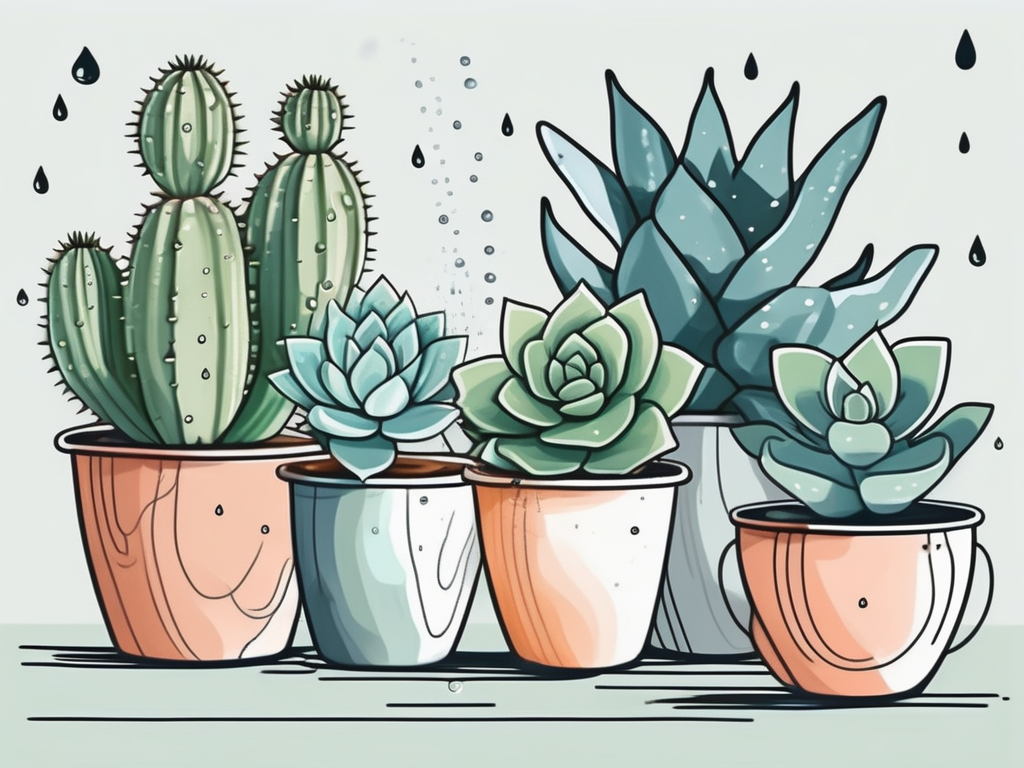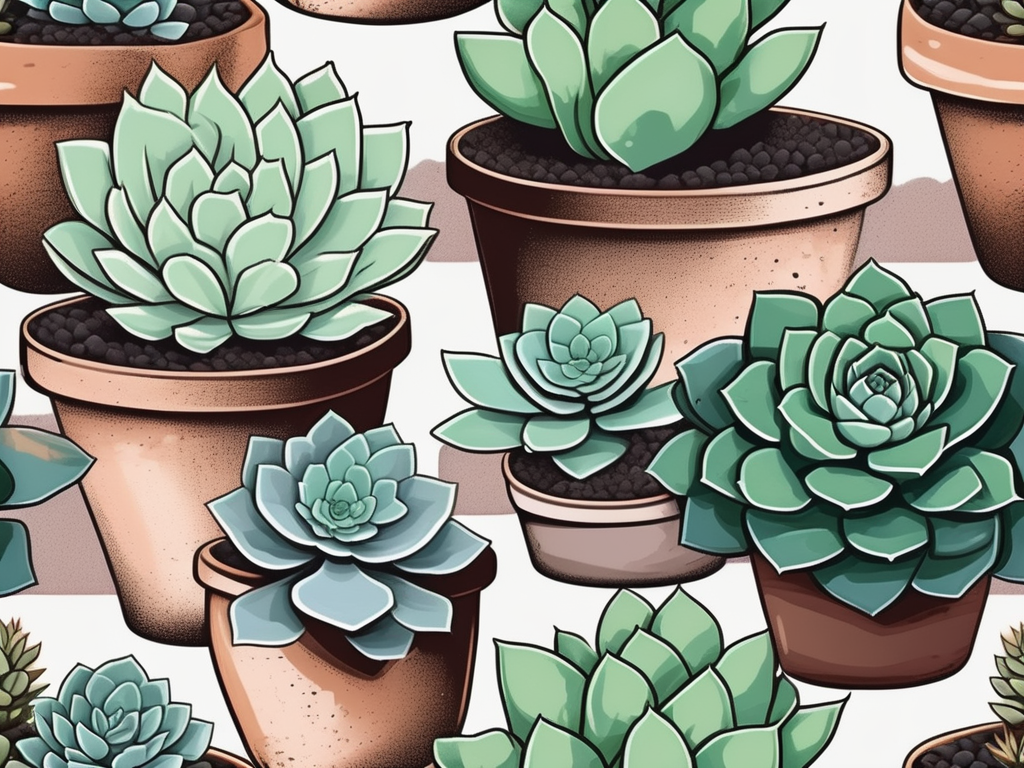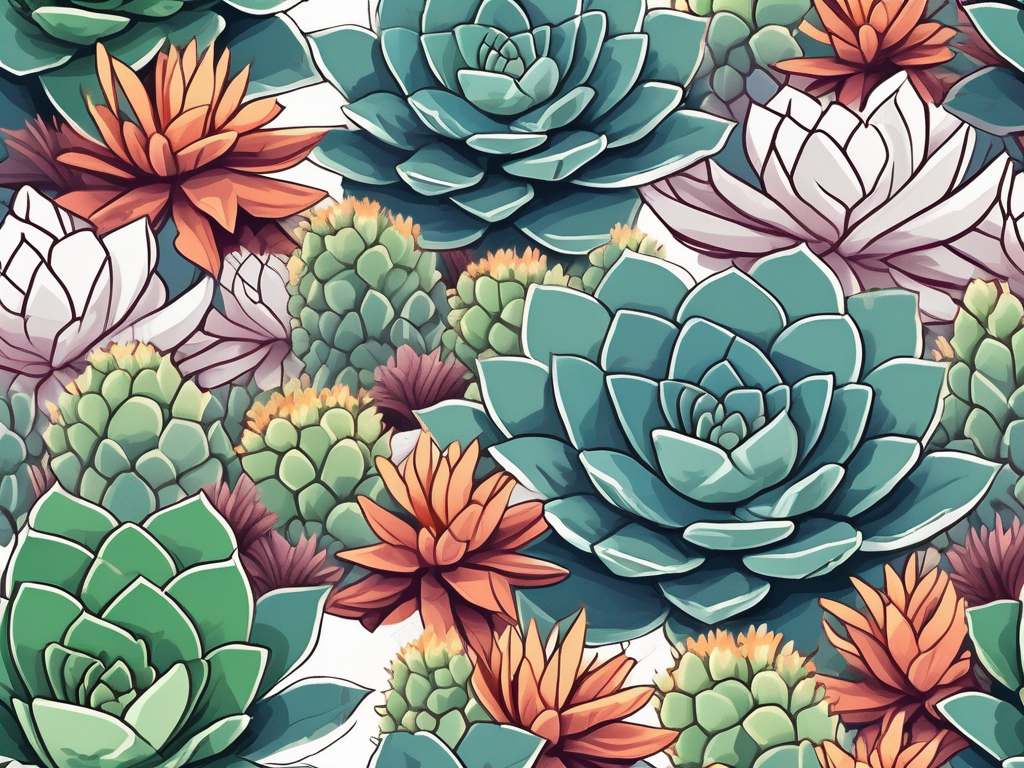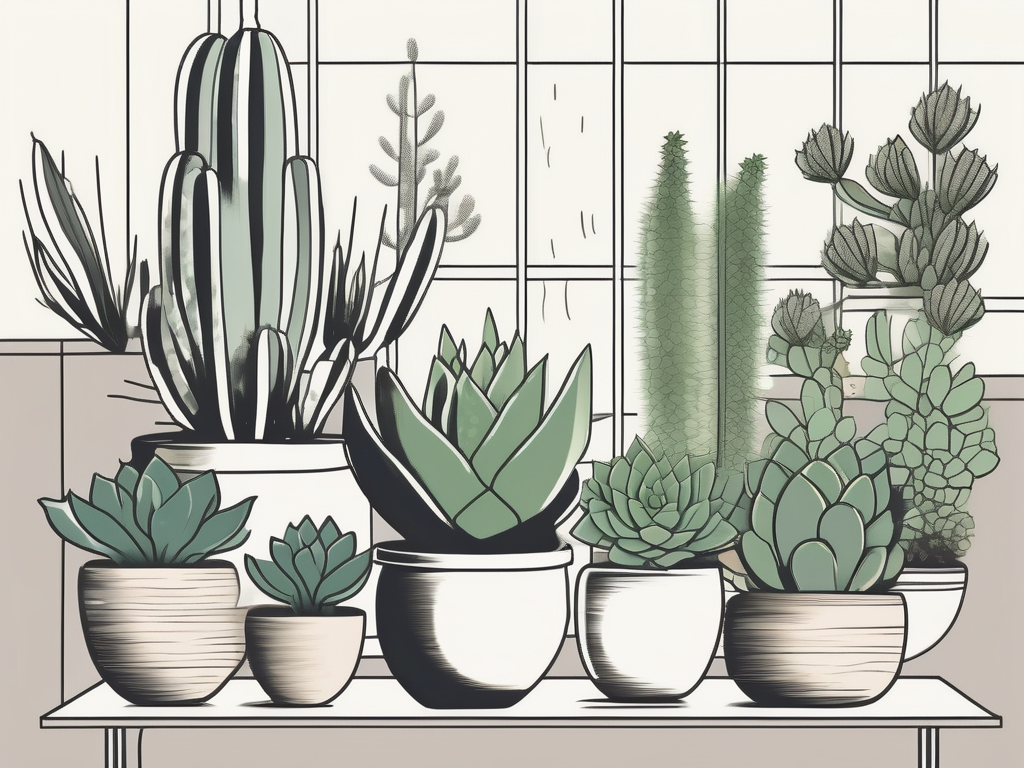
Succulents have captured the hearts of plant lovers everywhere, and it's easy to see why. These charming, low-maintenance plants come in all shapes and sizes, making them perfect for any home environment. Whether you're a seasoned plant parent or just starting out, learning how to care for succulents can be both fun and rewarding.
In this guide, we'll walk you through everything you need to know about keeping your succulents happy and healthy. From choosing the right varieties for your space to mastering the art of watering, you'll find all the tips and tricks you need to create a thriving succulent collection.
Choosing the Right Succulents for Your Space
The first step in building a succulent collection is selecting the right plants for your environment. Succulents come in a wide range of colors, shapes, and sizes, so there's something for everyone! When choosing succulents, consider the lighting conditions and available space in your home.
For bright, sunny spots, look for succulents like Aeonium, Echeveria, or Jade Plant. These varieties thrive in direct sunlight and will add a burst of color to any room. On the other hand, if you're working with lower light conditions, opt for succulents like Haworthia or Gasteria, which can tolerate less intense light.
When it comes to size, think about where you plan to display your succulents. If you have limited space, consider smaller varieties like Living Stones or String of Pearls. For larger areas, you might choose a statement plant like an Aloe Vera or Agave.
- Light Conditions: Match your succulent's light needs to the available light in your home.
- Size: Choose plants that fit the space you have available.
- Variety: Mix and match different types for visual interest.
The Importance of Proper Potting and Soil
Proper potting and the right soil mix are crucial for succulent health. These plants are adapted to arid environments and need well-draining soil to prevent root rot. Commercial cactus and succulent soil mixes are widely available and a good choice for most home growers.
If you're feeling adventurous, you can create your own soil mix by combining regular potting soil with coarse sand or perlite. This DIY approach allows you to customize the soil's texture and drainage properties, ensuring it meets your succulents' needs.
The pot you choose is just as important as the soil. Succulents do best in containers with drainage holes to prevent water from accumulating at the bottom. Terracotta pots are a popular choice because they allow excess moisture to evaporate, helping to keep the soil dry.
- Soil Mix: Use a commercial cactus mix or create your own with potting soil and sand/perlite.
- Drainage: Ensure your pot has a drainage hole to prevent waterlogging.
- Pot Material: Consider terracotta for its breathable properties.
Mastering the Art of Watering
Watering is perhaps the trickiest aspect of succulent care. These plants store water in their leaves, so they don't need as much hydration as other houseplants. Overwatering is a common mistake that can lead to root rot, so it's important to develop a watering routine that works for your plants.
A good rule of thumb is to water your succulents deeply but infrequently. Allow the soil to dry out completely between waterings, then soak it thoroughly. In general, you should water more frequently during the growing season (spring and summer) and reduce watering in the dormant months (fall and winter).
To check if your succulent needs water, stick your finger into the soil about an inch deep. If it feels dry, it's time to water. If it's still moist, give it a few more days before checking again.
- Water Deeply: Soak the soil thoroughly, then let it dry out completely.
- Check Moisture: Use your finger to test the soil's dryness.
- Seasonal Adjustments: Water more in spring and summer, less in fall and winter.
Understanding Light Needs
Light is a crucial factor in succulent care. While many succulents love direct sunlight, others can get by with bright, indirect light. Knowing your plant's specific light requirements will help you find the perfect spot for it in your home.
If you're unsure about your succulent's light needs, observe the plant's behavior. Stretching, or etiolation, occurs when a plant isn't getting enough light. The succulent will grow taller and lean toward the light source, and the leaves might spread apart. If you notice these signs, move your plant to a brighter location.
Conversely, if your succulent's leaves become scorched or discolored, it might be getting too much direct sunlight. In this case, try relocating it to a spot with filtered light or provide some shade during the hottest parts of the day.
- Direct Sunlight: Suitable for sun-loving varieties like Aeonium and Echeveria.
- Bright, Indirect Light: Ideal for Haworthia and Gasteria.
- Signs of Light Stress: Look for stretching (not enough light) or scorched leaves (too much light).
Dealing with Common Pests
Even though succulents are hardy plants, they're not immune to pests. Common culprits include mealybugs, spider mites, and aphids. The key to keeping these pests at bay is early detection and treatment.
Mealybugs are small, white, cotton-like insects that often hide in the crevices of your plants. If you spot them, wipe them away with a cotton swab dipped in rubbing alcohol. This simple trick can help keep them from spreading.
Spider mites, which are tiny and often red or brown, can be a bit trickier to spot. Look for fine webbing on your plants as an indicator. Washing your plants with a gentle stream of water can remove these pests. For severe infestations, consider using a natural insecticidal soap.
Aphids are small, soft-bodied insects that can cause new growth to become distorted. If you notice them, spray your plants with a mixture of water and a few drops of dish soap or use an insecticidal soap.
- Mealybugs: Remove with rubbing alcohol on a cotton swab.
- Spider Mites: Wash off with water or use insecticidal soap.
- Aphids: Spray with soapy water or insecticidal soap.
Preventing and Treating Fungal Issues
Fungal issues, such as root rot and leaf spot, can be a concern for succulents, especially when overwatered or kept in poorly draining soil. Prevention is the best strategy, so focus on proper watering and potting practices.
If you suspect root rot, which often presents as black, mushy roots, you may need to repot your succulent. Remove the affected roots, let the plant dry out, and repot it in fresh, well-draining soil. This can help save your plant from further damage.
Leaf spot, characterized by discolored or mushy patches on the leaves, is another common fungal issue. Improve air circulation around your plants and avoid water sitting on the leaves. If spots appear, remove affected leaves and adjust your care routine to prevent recurrence.
- Root Rot: Repot with fresh soil and cut away damaged roots.
- Leaf Spot: Remove affected leaves and improve air circulation.
- Prevention: Proper watering and potting practices are key.
Best Practices for Propagation
One of the joys of owning succulents is their ability to multiply through propagation. Whether you're looking to expand your collection or share plants with friends, propagation is a rewarding process.
Leaf cuttings are one of the simplest ways to propagate succulents. Gently twist a healthy leaf from the parent plant, making sure to get the entire leaf. Let it dry for a few days until the end callouses over. Once it's ready, place the leaf on top of well-draining soil. Mist lightly every few days until new growth appears.
Another method is using stem cuttings. Cut a healthy stem from the parent plant, allow it to callous, and then insert it into soil. Water sparingly until roots establish.
- Leaf Cuttings: Twist off healthy leaves, let them callous, then place on soil.
- Stem Cuttings: Cut, callous, plant in soil, and water sparingly.
- Patience: Propagation takes time, so be patient with new growth.
Designing with Succulents in Your Home
Succulents aren't just easy to care for; they're also incredibly versatile design elements. Whether you're looking to create a minimalist vibe or add a touch of greenery to a small space, succulents can be your go-to plants.
For a modern look, consider grouping succulents of varying shapes and sizes in a single container. This creates a striking visual contrast and adds depth to your arrangement. You can also play with different colored pots to complement your home's color palette.
If you're short on space, vertical gardens or wall planters are excellent options. These setups allow you to showcase your succulents without taking up valuable floor space. Plus, they add an unexpected element of interest to any wall.
Don't forget about the opportunities to use succulents in your outdoor spaces, too. They make stunning additions to rock gardens or as accents in container gardens on your patio.
- Group Arrangements: Mix different succulents for contrast.
- Vertical Gardens: Utilize wall space for creative displays.
- Outdoor Use: Incorporate succulents into rock gardens or patios.
Final Thoughts
Succulents are delightful plants that bring beauty and ease into our homes. By choosing the right plants, providing proper care, and getting creative with your arrangements, you can enjoy a thriving collection of these charming plants.
At Cafe Planta, we're here to help with all your plant needs. Our selection of houseplants, including unique finds and popular favorites, is perfect for any plant parent. If you have questions or need advice, feel free to email us, or reach out on Instagram. We believe in the power of plants to connect us with nature and each other, and we're excited to help you create a beautiful plant collection.















